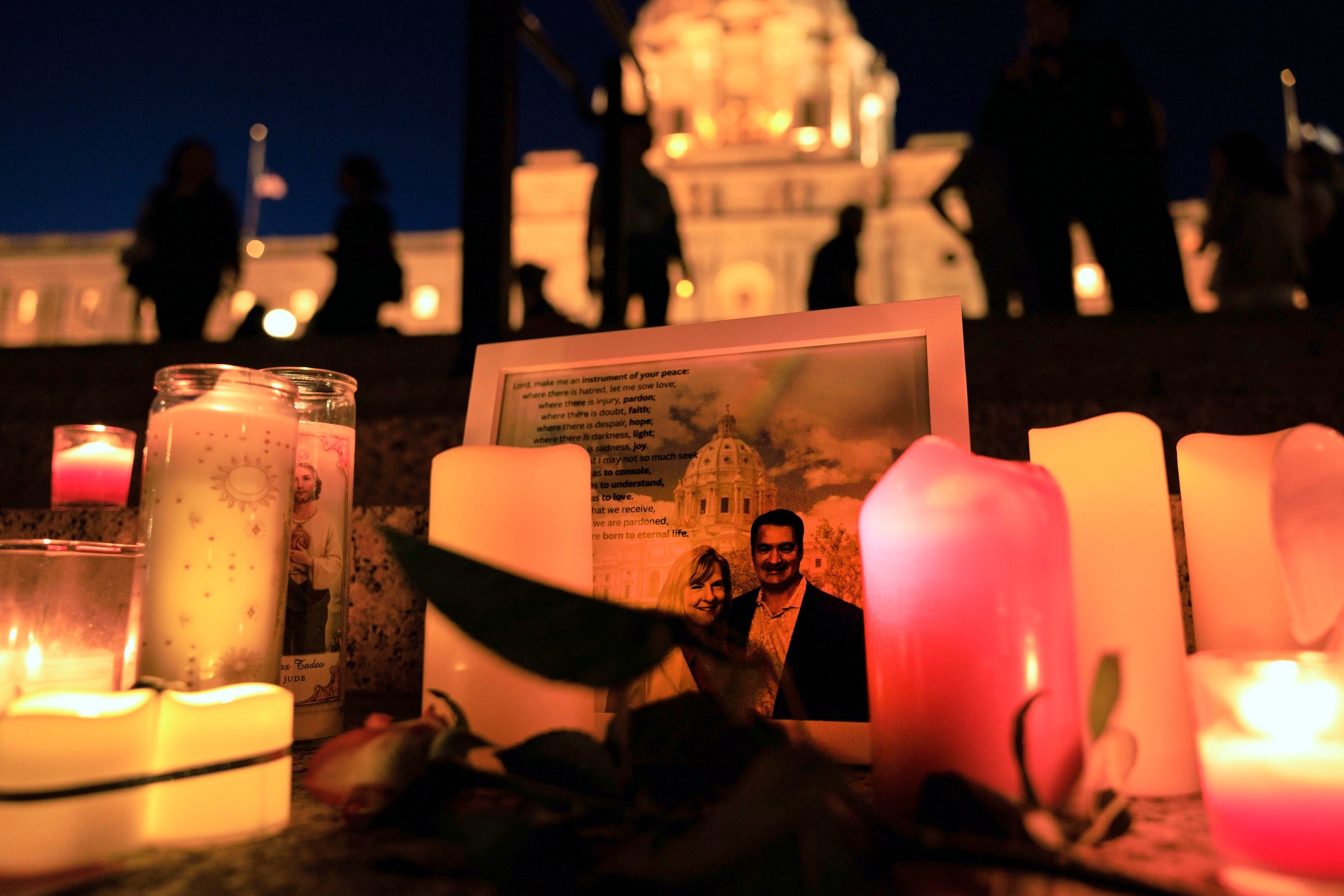Between 2014 and 2023, gun violence took the lives of nearly double the number of Americans who have died in all foreign wars since World War II. According to the nonprofit shooting tracker the Gun Violence Archive, more than 167,000 people were fatally shot over the past decade; another 324,000 people were injured by firearms.
Gun violence touches every corner of the country, but the damage isn’t distributed equally. An extensive Trace analysis of Gun Violence Archive data, a decade of which is available for the first time, shows almost one out of every two shootings between 2014 and 2023 occurred outside large metro areas, in small cities and towns of fewer than 1 million people. The problem is especially pronounced in the South: As The Trace’s Olga Pierce, Jennifer Mascia, and Chip Brownlee report, less-populous places in the South have more shootings per capita than large cities that are commonly portrayed as among the most violent in America. For example, on a per capita basis, you’re more likely to be shot in Selma, Alabama — home to about 17,000 people in 2022 — than in Chicago.
To be clear, the largest number of shootings took place in large cities, where populations are concentrated. But regardless of whether you live in a small town or a large city, if gun violence feels like it’s gotten worse, that’s because it has: All types of gun violence, in all types of places, rose over the past 10 years. In their latest story, Pierce, Mascia, and Brownlee share more insights on how American gun violence has changed. You can also explore how shootings are distributed yourself with The Trace’s “An Atlas of American Gun Violence,” an interactive map updated with data from 2014 to 2023.
From Our Team
A roundup of stories from The Trace.
You’re More Likely to Be Shot in Selma Than in Chicago
Over the past decade, gun violence has expanded beyond the urban limits it is so often associated with, according to a Trace analysis of Gun Violence Archive data. Read more →
An Atlas of American Gun Violence
Ten years. 370,000 shootings. How has gun violence marked your corner of the country? Explore the map →
How Philadelphians Feel About Violence On Public Transit
I’ve been using SEPTA since I was in middle school. I’m shaken by the recent violence — and other community members are, too. Read more →
To Guard Against Intimidation, States Explore Banning Guns at Polls
Five states are considering new limits on firearms at polling places, while others look to strengthen or expand already existing laws ahead of the 2024 election. Read more →
What to Know This Week
Vice President Kamala Harris announced the establishment of the federal Extreme Risk Protection Order Resource Center, a new office funded by a Justice Department grant and run by the Johns Hopkins Center for Gun Violence Solutions. The center’s work will focus on helping states implement laws to remove guns from people who could be dangerous. [The Guardian]
A U.S. district judge ruled that the Mexican government’s lawsuit against five Arizona gun dealers can move forward, finding that Mexico’s claims that the vendors are exempt from protection under the Protection of Lawful Commerce in Arms Act are plausible. The decision comes on the heels of another legal win for the Mexican government in February, when a federal appeals court revived its lawsuit against American firearm manufacturers. [Reuters]
Gunmakers have spent 25 years trying to shut down the city of Gary, Indiana’s groundbreaking lawsuit over illegal gun sales — and manufacturers recently marked a victory with the signing of a state law banning suits like Gary’s. Meanwhile, illicit firearm purchases continue to contribute to violence in Indiana, Chicago, and beyond. [ProPublica]
It’s been one year since three students and three adults were killed in a mass shooting at The Covenant School in Nashville, Tennessee. The attack galvanized the gun reform movement in the state, crossing party lines and putting mothers at the forefront of the efforts. [WPLN]
“The Truth vs. Alex Jones,” a new documentary, follows bereaved Sandy Hook family members through four years of legal battles with the Infowars host, examining how Jones profited off the massacre of 20 children — and how the conspiracy theorist’s grift marked a turning point in America. [The Washington Post/HBO]
In Memoriam
Maurice Thomas Jr., 33, was called many things: He went by the nicknames “Reese” and “Big Mo,” but people also knew him as a “gentle giant” and a “big teddy bear.” Thomas was shot and killed earlier this month while he was working as a security guard for a bar in Nashville, Tennessee. He had been expecting a child, according to his mother. Thomas was a skilled musician, battle rapper, and basketball player, friends said, with big dreams and “a lot of potential.” He loved cooking, and wanted to open his own restaurant this year. Charismatic and funny, Thomas was prone to calling himself a “big kid,” loved ones said: “He was that guy; he was very likable.” He was “a good person and an even better friend.”
We Recommend
A Missouri Police Sniper Killed a 2-Year-Old Girl. Why Did He Take the Shot?: “A sniper rarely pulls the trigger. … Snipers train, train, and then train some more. They may fire thousands of practice rounds and never shoot at a live target.” [KCUR and Midwest Newsroom]
Pull Quote
“When we talk, we don’t care about Republican or Democrat. We talk as moms who’ve had a very bad experience, and about how we’re going to fix it. And how we’re going to be there for each other.”
— Shaundelle Brooks, who lost her son Akilah DaSilva in a 2018 mass shooting at a Waffle House in Nashville, on uniting with other Tennessee mothers after the shooting at The Covenant School last year to advocate for gun reform, to WPLN
